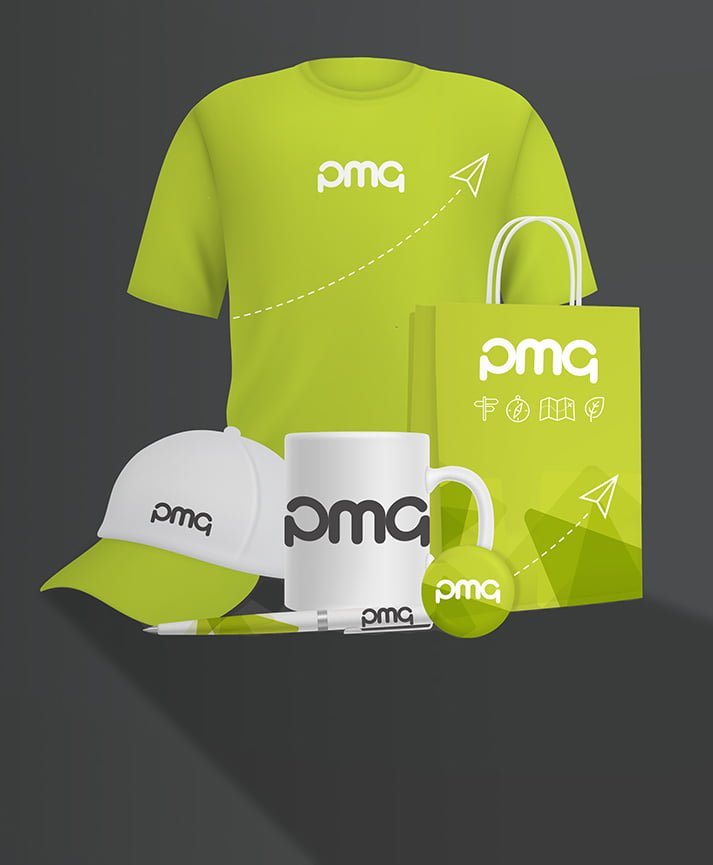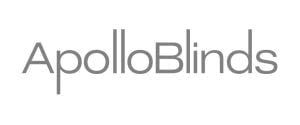
Print advertising is one of the oldest forms of marketing, with a history stretching back centuries. Over time the art of print advertising has been refined, and unsurprisingly there are a number of tricks of the trade that magazine and newspaper advertisers use to attract more attention and draw the eye of the reader. David Ogilvy, the founder of Ogilvy & Mather and something of a legendary figure in advertising circles, developed what’s known as the ‘Ogilvy Formula’ to make print advertising more of a science than an art. What can his findings teach us about print marketing, and are they still relevant today?
What is the Ogilvy Formula
David Ogilvy is known as ‘the Father of Advertising’, and his original ideas and dedication to a research-based approach to advertising led him to found his own ad agency in 1949. Although many of Ogilvy’s principles were developed more than 60 years ago, some are still in use today. Ogilvy preached that advertising should be conducted based on information about the proposed customer, and also sought an end to the patronising tone of voice used in ads of the time that treated the customer as if they were ignorant. As a result he coined the phrase: ‘the customer is not a moron, she’s your wife’. These tenets are as true today as they were in the 1960s.
The Ogilvy Formula is a means of determining the components and layout of a print advertisement. Ogilvy dictated that every print ad should be comprised of five elements: visual, caption, headline, copy, signature. Ogilvy’s research indicated that this was also the order of importance, with customers responding to the visual element first and most profoundly.
According to the basic Ogilvy layout, a print ad should feature an image that dominates roughly 3/4 of the page. The image should be located at the top of the page, with a snappy caption immediately below that. The headline comes next, in a larger, bold typeface designed to catch the eye. Ogilvy suggested that each print ad should include around 240 words of editorial style copy, followed by a signature (the company contact details, etc.). If you’ve ever seen reproductions of print ads from the ’50s, ’60s or ’70s, they’ll almost certainly have been set out to the Ogilvy Formula. The Volkswagen ‘Think Small‘ ad, often voted the best advertisement of all time, is an Ogilvy Formula print ad.
Is it still relevant?
Despite the fact that Ogilvy Formula print ads tend to look somewhat dated and clunky today, much of what Ogilvy worked out in the late ’40s and early ’50s still holds true. Ogilvy’s approach was based on market research and human psychology, and so little has changed in the 60+ years since. One of the reasons these ads look clichéd today is that they worked so well they soon became ubiquitous.
One thing that is still certainly true of contemporary print advertising is that images rule the roost. Many modern print ads consist of little more than an image and a headline, as those are the most arresting elements of any print design. You’ll notice that the long copy element has all but disappeared from conventional print advertising. This is largely due to the nature of content today in comparison to the nature of content in 1949, when Ogilvy established Ogilvy & Mather. Today, audiences are used to being exposed to large volumes of high quality content. We have short attention spans, and won’t sit still to read 250 words of advertising copy. In 1949, few people had television sets – let alone the mobile devices we take for granted today. Audiences have changed, but the nature of advertising has largely remained true to its roots.
The Ogilvy Formula is a simplified way of looking at print advertising, and today we apply even more research and theory to how print advertisements are constructed. If you’d like to develop a truly winning print advertising campaign, speak to PMG. The talented men and women in our design studio are experts when it comes to producing arresting, eye-catching and effective print ads.
















































